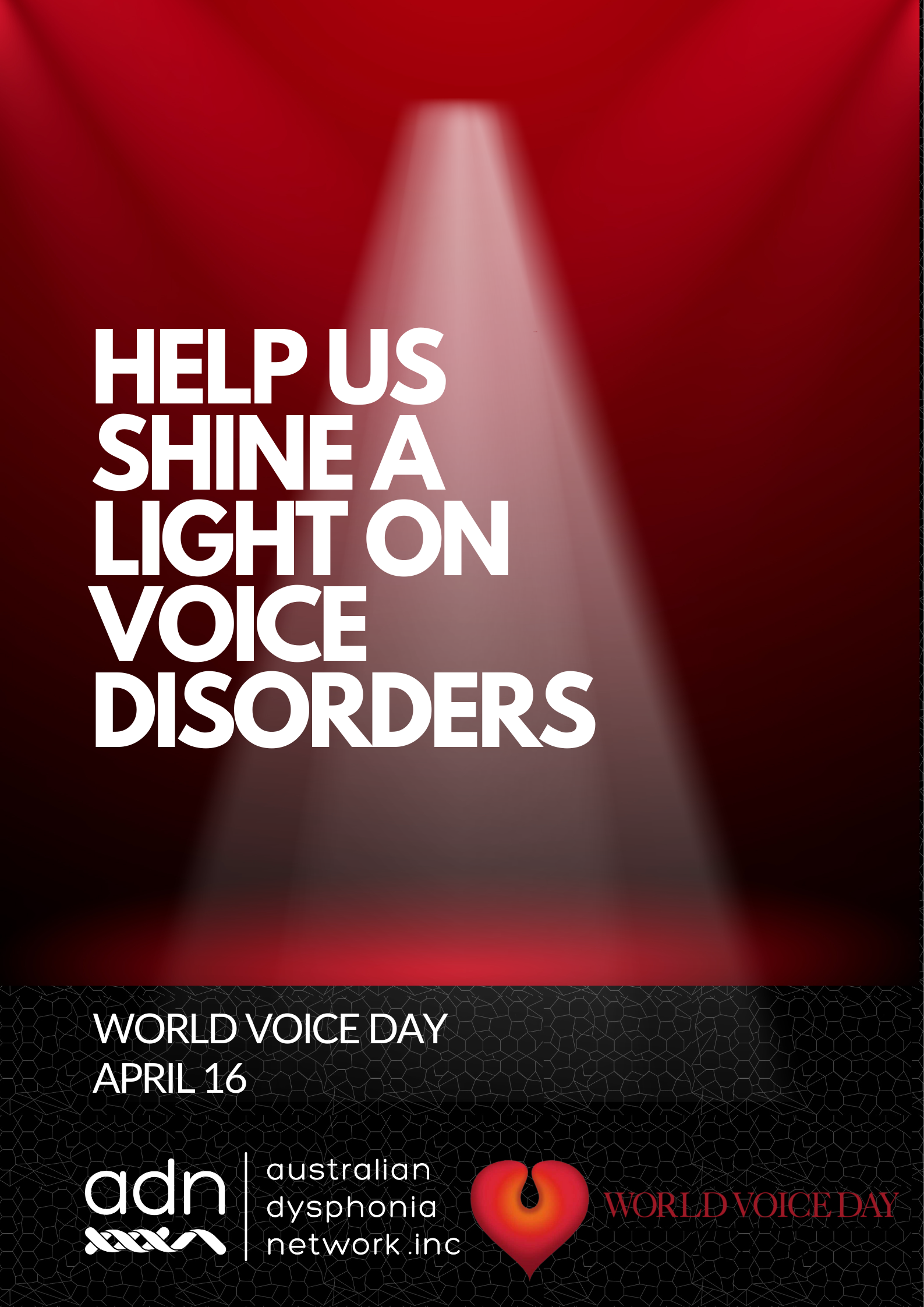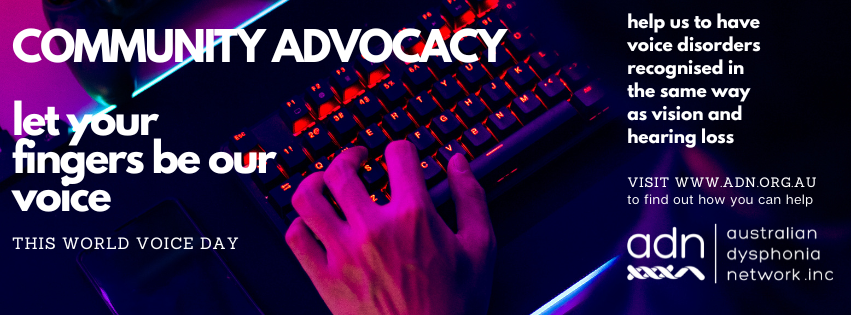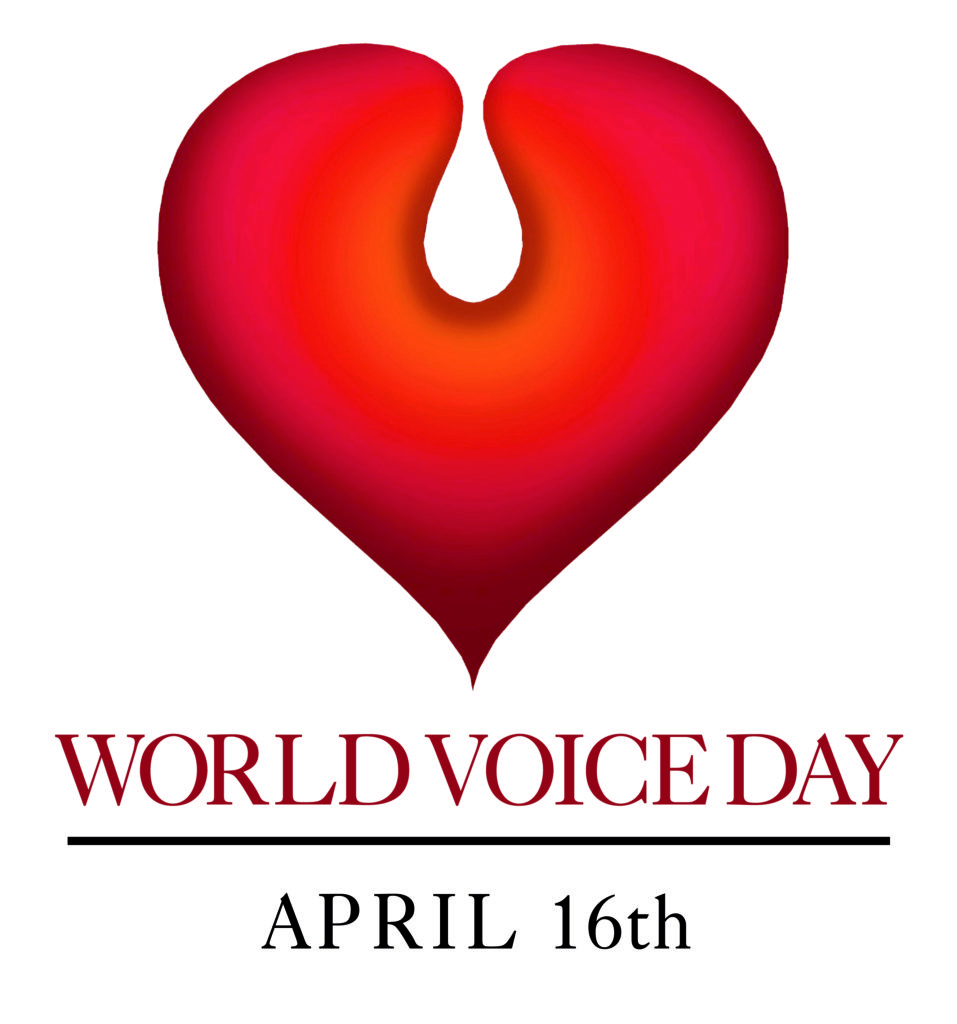
Australia & New Zealand Glow Red for World Voice Day
APRIL 16, 2024
Sydney, New South Wales Apr 8, 2024 (Issuewire.com) – Once again, the Australian Dysphonia Network, a patient organisation that supports people living with chronic and life-changing voice disorders has encouraged landmarks across Australia to light up red on 16th April, World Voice Day 2024. For the first time, the campaign has been extended across The Tasman to our friends in New Zealand.
The goal of the global campaign is to “Resonate. Educate & Celebrate” the human voice, so the Australian Dysphonia Network (ADN), is using this message to bring attention to the human voice across Australia and New Zealand by “illuminating” historic and iconic landmarks in both countries. The organisation wants to start conversations about voice health, voice loss, or voice changes; as well as to symbolise the need for us all to celebrate and value our voice in the same way we value our vision and hearing.
Why focus on ‘voice’? Because, unlike vision or hearing, our voice is very often taken for granted, we open our mouths to speak and our words come out. But while most people will relate to the frustration of having lost their voice at some time, (usually after a big night out, belting out your go-to karaoke songs or cheering at a football game), for those with dysphonia, that frustration is a permanent way of life.
Chronic dysphonia can develop for a number of reasons. It can be the result of damage to the larynx; an underlying health condition; overuse or poor vocal technique, or it can be a standalone neurological disorder like Spasmodic Dysphonia. Whilst rare, spasmodic dysphonia is thought to affect 1 in every 100,000 people in Australia and New Zealand including singer Jenny Morris. Overseas celebrities like Robert F. Kennedy, Jr. and Scott Adams, the creator of “Dilbert,” have also had their lives and careers impacted by the condition.
Spasmodic dysphonia can be likened to an eye twitch caused by a spasm of the muscle around your eye. For someone with spasmodic dysphonia, they have a very similar spasm but it affects the muscle in their larynx. This causes the voice to sound gravelly, breathy, crackly, or drop out completely while speaking, making communication difficult.
Approximately 30% of occupations in our society are voice-dependent. This includes performers, teachers, salespeople, politicians, and lawyers, just to name just a few; so the impact of dysphonia is life-changing for people working in these areas. It can ruin careers, and relationships, and lead to depression, yet it is often poorly diagnosed and frequently misunderstood. The Australian Dysphonia Network is using World Voice Day and its ‘illumination campaign’ across the two countries to glow red like the larynx, to shine some light on voice disorders in the hope of creating a better understanding of those affected.
Established in 2016, the Australian Dysphonia Network’s (ADN) purpose is to support people impacted by a voice disorder. The Network is run by people who live with a voice disorder or have close experience supporting someone who does.
World Voice Day was founded in Brazil back in 1999 to draw attention to the science and phenomenon of voice production. It soon grew to highlight the significant role that the voice plays in every aspect of our daily lives. World Voice Day has gained momentum globally, and currently over 50 countries join the annual celebration.
Visit www.adn.org.au for more information. Donations for the ADN, a not-for-profit charity, can be made securely via the website.




Media Contact
Australian Dysphonia Network
0414192307
PO Box 48 Lambton 2299
Source :Australian Dysphonia Network
This article was originally published by IssueWire. Read the original article here.
COMTEX_450522732/2777/2024-04-08T05:59:13
Disclaimer: The views, suggestions, and opinions expressed here are the sole responsibility of the experts. No Urban Flash News journalist was involved in the writing and production of this article.
